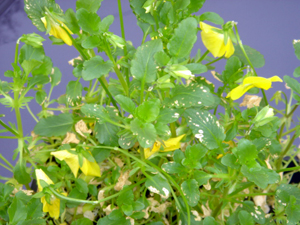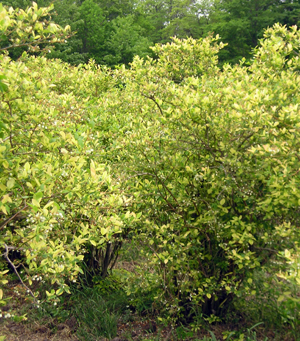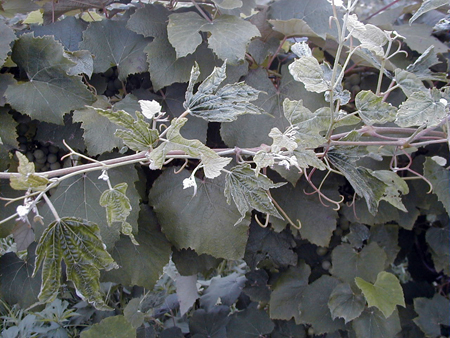File drift management plan so nursery growers can eliminate pesticide drift
Avoid spray drift problems with your neighbors by having a drift management plan on file.
Nursery growers need to utilize pesticides as a part of their Integrated Pest Management (IPM) programs when producing ornamental nursery crops. However, on rare occasions, weather conditions, field locations, operator error or equipment problems can lead to off-target pesticide spray drift.
In most cases, crop damage to an adjoining neighbor’s field is dealt with when both parties reach an agreement for compensation. The initial spray drift situation should never occur if the spray applicator has filed a “drift management plan” prior to each application and is taking the necessary steps to eliminate spray drift. A drift management plan is a requirement if you are following the MDA’s Right to Farm Guidelines and Generally Accepted Agricultural and Management Practices (GAAMPS) for Pesticide Utilization and Pest Control. A copy of a drift management plan template can be found online.
Applicators should complete all applicable sections of the document and keep the plan on file in case a complaint occurs. Keeping this on file meets the requirements of Pesticide Regulation No. 637.
Some techniques you can use to reduce pesticide drift from your applications include:
- Choose low or non-volatile pesticides as they are formulated to reduce drift.
- Always read the pesticide label. In many “spray drift cases,” the statements on the label were not followed, thus a label violation occurred.
- Consider larger spray orifice sizes, resulting in larger droplets that reduce drift.
- Eliminate high pressures. Anything over 45 psi for broadcast applications causes fine droplets, which drift more.
- Winds should be less than 10 mph when spraying. Winds over that speed will cause drift to non-target sites such as sensitive crops, livestock, home gardens, residences or irrigation water sources.

Herbicide drift onto greenhouse grown Viola’s that were outside awaiting shipment. Photo credit: Tom Dudek, MSUE

Command herbicide drift on blueberries. Photo credit: Mark Longstroth, MSUE

Roundup drift injury to grapes. Photo credit: Mark Longstroth, MSUE
For more information I suggest you download a copy of Reducing Spray Drift from the University of Georgia Extension web site.



 Print
Print Email
Email

